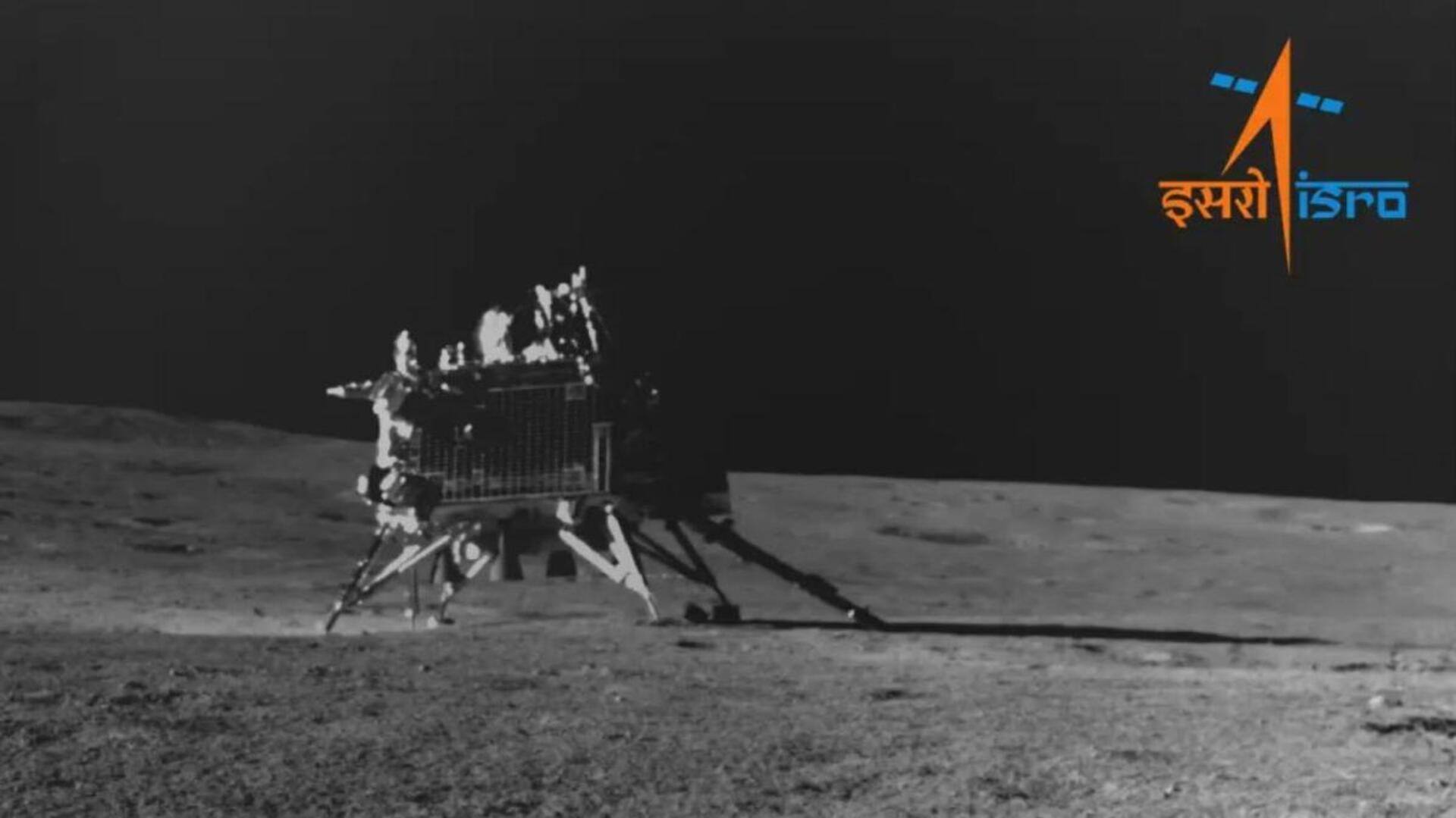
Lunar Sample Return Mission: What is ISRO's next Moon endeavor
What's the story
The Indian Space Research Organisation (ISRO) has set sights on the Lunar Sample Return Mission (LSRM). The ambitious mission aims to gather soil or rock samples from the Moon and return them to Earth. This proposed endeavor comes on the heels of NASA's recent achievement in acquiring samples from the near-Earth asteroid Bennu with its OSIRIS-REx spacecraft. Nilesh Desai, director of ISRO's Space Application Centre, stated the space agency will tackle this challenge within the next five to seven years.
Details
Mission to use two distinct launch vehicles
The LSRM is composed of four main modules: Transfer module, Lander module, Ascender module, and Re-entry module. This mission will diverge from the ISRO's typical strategy by using not one but two distinct launch vehicles for the intricate operation. The Geosynchronous Satellite Launch Vehicle (GSLV) Mark-II will be employed for injecting the Transfer and Re-entry modules, while the GSLV Mark-III will be utilized for the direct injection of the Ascender and Lander modules.
Scenario
Robotic arm mechanism will collect samples
A robotic arm mechanism will be employed to gather samples at the Shiv Shakti point on the lunar surface, where the Chandrayaan-3's Vikram lander had touched down. These samples will then be moved or loaded onto the Ascender module. After launching from the Moon's surface, the Ascender module will dock with the Transfer module, where another robotic arm will transfer the samples to the Re-entry module. Ultimately, both Transfer and Re-entry modules are anticipated to return and land on Earth.
Insights
LSRM will last for one lunar day
The LSRM is planned to last one lunar day (14 Earth days), similar to Chandrayaan-3, which successfully touched down on the lunar south pole on August 23. The mission is slated for a 2028 launch, signifying a major advancement for India's space exploration efforts. The mission's objective is to examine the Moon's surface, soil, and samples, building on the insights gained from previous Chandrayaan missions.